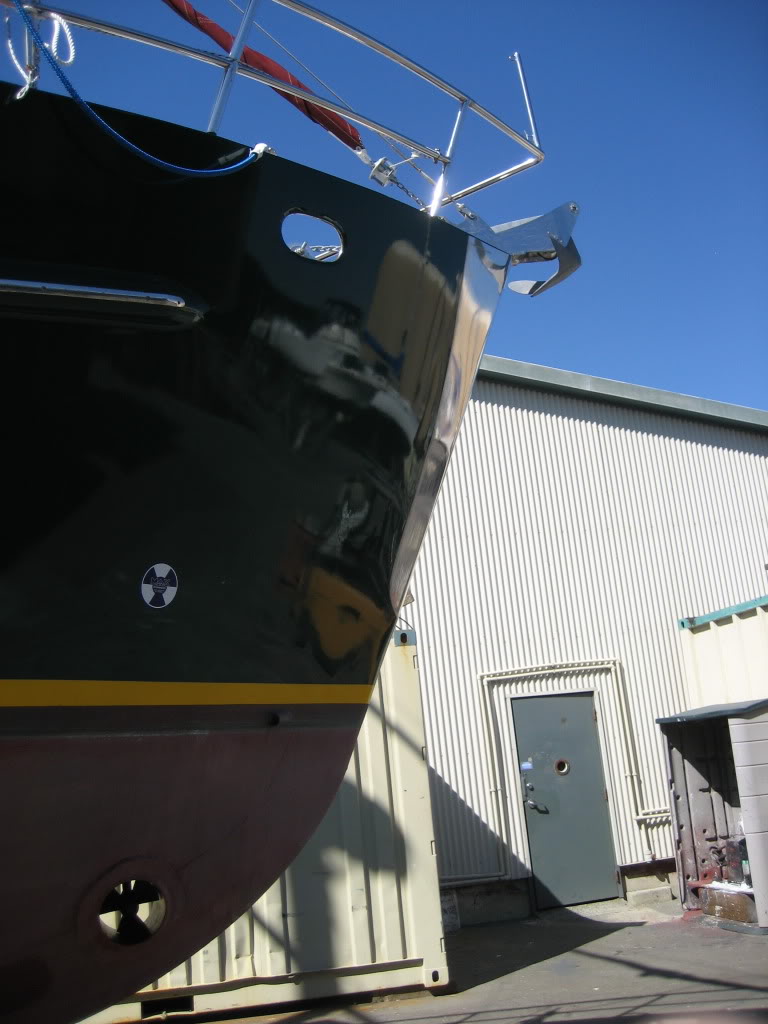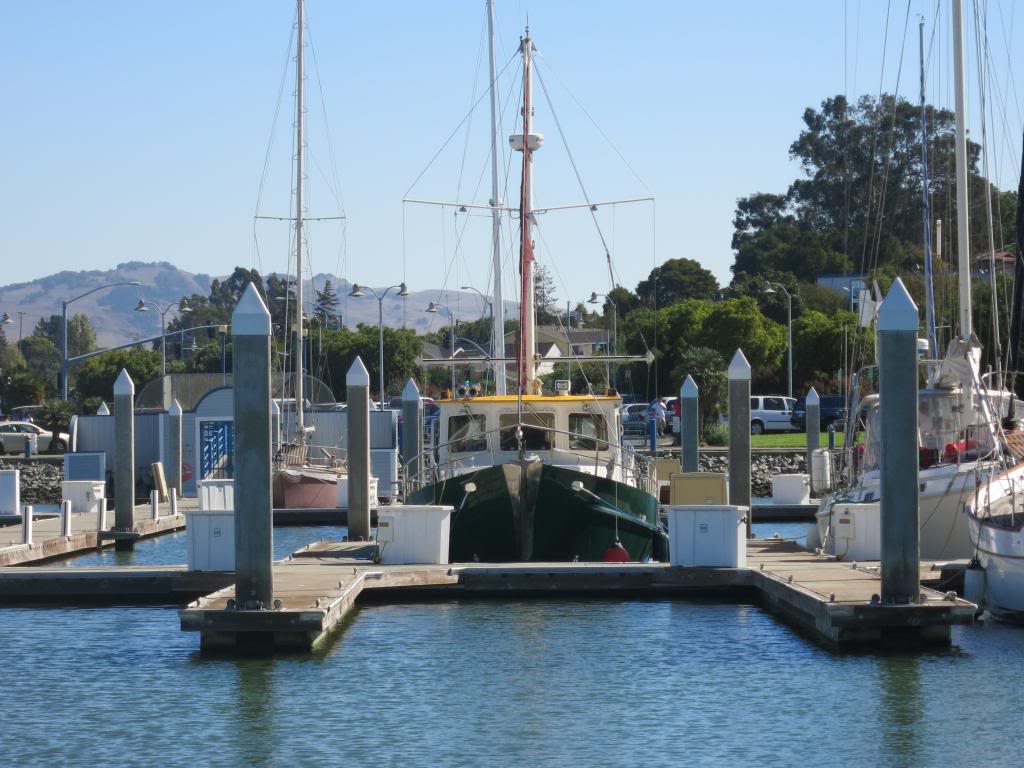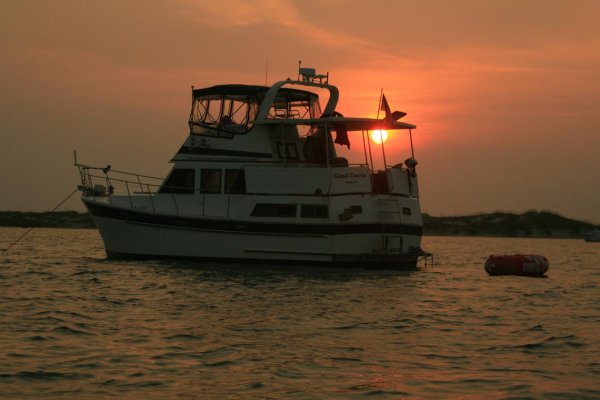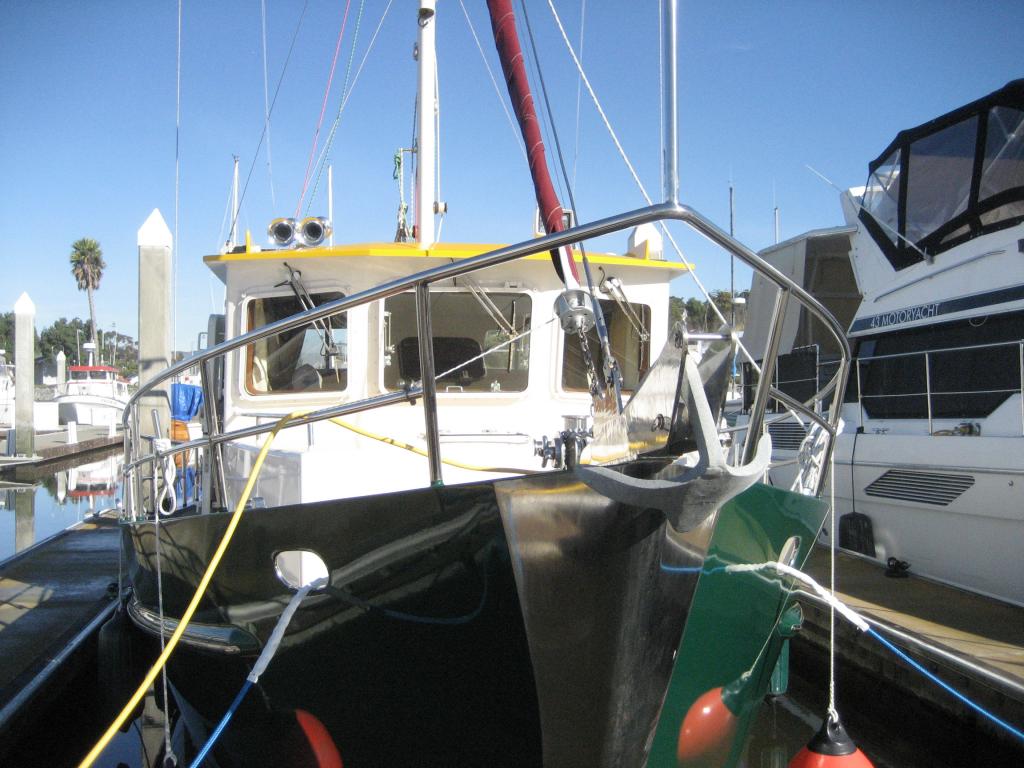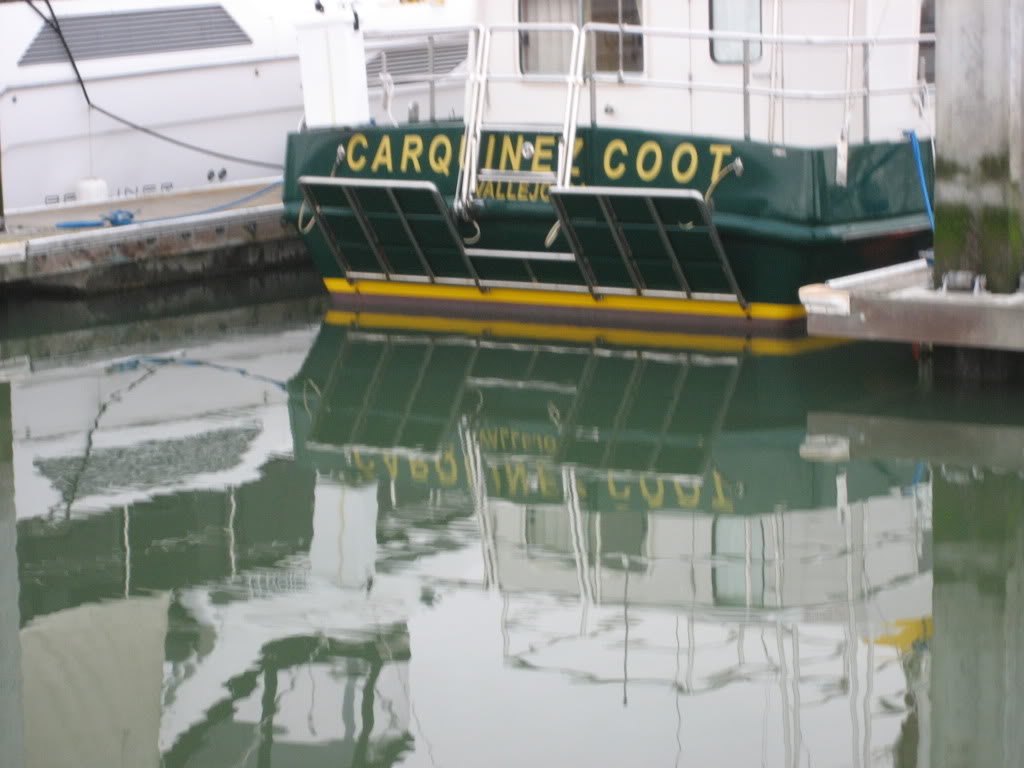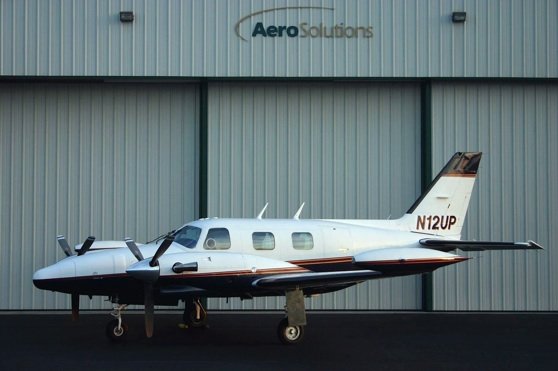- Joined
- Oct 1, 2007
- Messages
- 7,331
- Location
- Texas
- Vessel Name
- Floatsome & Jetsome
- Vessel Make
- Meridian 411
Okay, for all of you captains(both real and imagined) that have twin screw boats....
From now on, when you come in for a landing you are not allowed to use "differential thrust" to maneuver the boat. Only forward and reverse at the same time on both engines.
Otherwise, you will be considered a pussy by your friends. You will be harrissed and harangued by the awesome boat handlers at the yacht club. You will have to hang your head low in total shame because you chose to use the resources at hand to complete a successful(and otherwise pretty) docking maneuver!! Of course, if you do use differential thrust, it will be considered CHEATING!!!
See how stupid that sounds. That is EXACTLY the same treatment people with singles and bow thrusters get when they use the resources at hand to complete a successful(and otherwise pretty) docking maneuver. So give it a rest until you start docking your twin screw boat without differential thrust!!!!
Just a little perspective!!!! Now....as you were!!!








From now on, when you come in for a landing you are not allowed to use "differential thrust" to maneuver the boat. Only forward and reverse at the same time on both engines.
Otherwise, you will be considered a pussy by your friends. You will be harrissed and harangued by the awesome boat handlers at the yacht club. You will have to hang your head low in total shame because you chose to use the resources at hand to complete a successful(and otherwise pretty) docking maneuver!! Of course, if you do use differential thrust, it will be considered CHEATING!!!
See how stupid that sounds. That is EXACTLY the same treatment people with singles and bow thrusters get when they use the resources at hand to complete a successful(and otherwise pretty) docking maneuver. So give it a rest until you start docking your twin screw boat without differential thrust!!!!
Just a little perspective!!!! Now....as you were!!!






